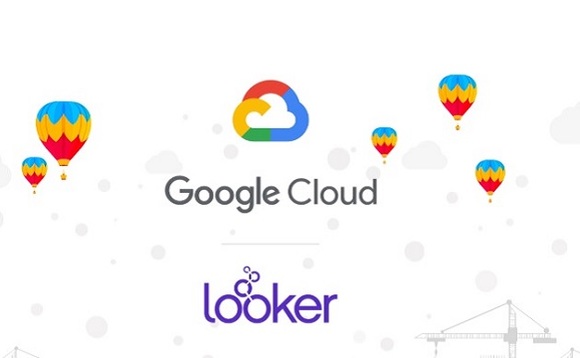 BIG DATA
BIG DATA
 BIG DATA
BIG DATA
 BIG DATA
BIG DATA
Looker Data Sciences Inc. today is releasing the first fruits of its joint development efforts with Google LLC since the search giant finalized the acquisition of the business intelligence company in February.
Looker said the updates focus on modernizing BI, improving performance and updating data and development tools, with a particular emphasis on marketing applications.
The bigger objective is to “enable organizations to use data at greater scale, faster, while optimizing costs,” said product marketing director Pedro Arellano. “This continues the Looker 7 story we talked about in November with additional capabilities that come from our ability to join with Google.”
With the release of Looker Blocks for the Google Marketing Platform, the company is giving marketers a new set of tools for advertising and web analytics specific to the Google platformLooker Blocks are pre-built pieces of code that are optimized for particular use cases.
The new customizable modules provide for interactive data exploration, new views of data based on “light” machine learning predictions, direct links to GMP to adjust campaigns based on analysis and ways to integrate marketing insights back into GMP. Specifically, the new Looker Blocks can be used with Google Analytics 360, Campaign Manager + Display & Video 360, Search Ads 360 and Google Ads.
The new features target the popular Google advertising platform with enhanced visibility into the sales cycle. “Marketers want to know how the programs they’re running influence the decisions of buyers,” Arellano said. “That means looking at their work within the larger context of the customer journey.”
The Blocks integrate most tightly with the Google platform, but non-Google data can be incorporated through application program interfaces, “as long as it’s a platform that can be queried with SQL,” Arellano said. For example, customers can plug into sales automation platforms like Adobe Systems Inc.’s Marketo and Salesforce.com’s Salesforce for lead-to-opportunity-to-cash modeling and import the results into their enterprise resource planning system. “You don’t need a data scientist to build or interpret results,” Arellano said.
Cross-filtering, a feature that allows modelers to create filters that flow data between tables, enables users to access underlying data in Looker dashboards to slice any metric on one tile by any dimension surfaced in another with a single click. Looker said the feature increases options for users to self-serve and unearth new data points and insights.
Arellano called cross-filtering a “very exciting feature where you can slice and dice very field and every level of detail and all your tiles are updated automatically because we have access to all the levels of detail and don’t need extract databases.”
Performance enhancements include aggregate awareness to make queries faster and less expensive. Users can now increase the number of persistent derived tables – which are tables that Looker can create and manage in a target database – that can be built at a time per connection.
“Before you had to build PDTs one after another,” Arellano said. “Now can build them in parallel, making the experience faster.” Data download speeds have been made hundreds of times faster as a result of “using our APIs in a much better way,” he said.
Developers are getting a redesigned integrated development environment that Looker said makes workflows easier to visualize and manage with advanced controls. An object browser simplifies navigation and easily tracks and reuses available objects and a single repository can now be shared across instances for collaborative model development. Several other enhancements give system administrators more fine-grained controls to manage roles and groups across larger enterprises.
A new data dictionary in the marketplace that Looker announced last November provides a dedicated user interface to help business users find the field and metrics they need for analysis. It also gives them the ability to quickly audit all LookML fields to help users understand what data sets are used most and which explores are duplicative. LookML is a language for describing dimensions, aggregates, calculations and data relationships in a SQL database.
THANK YOU